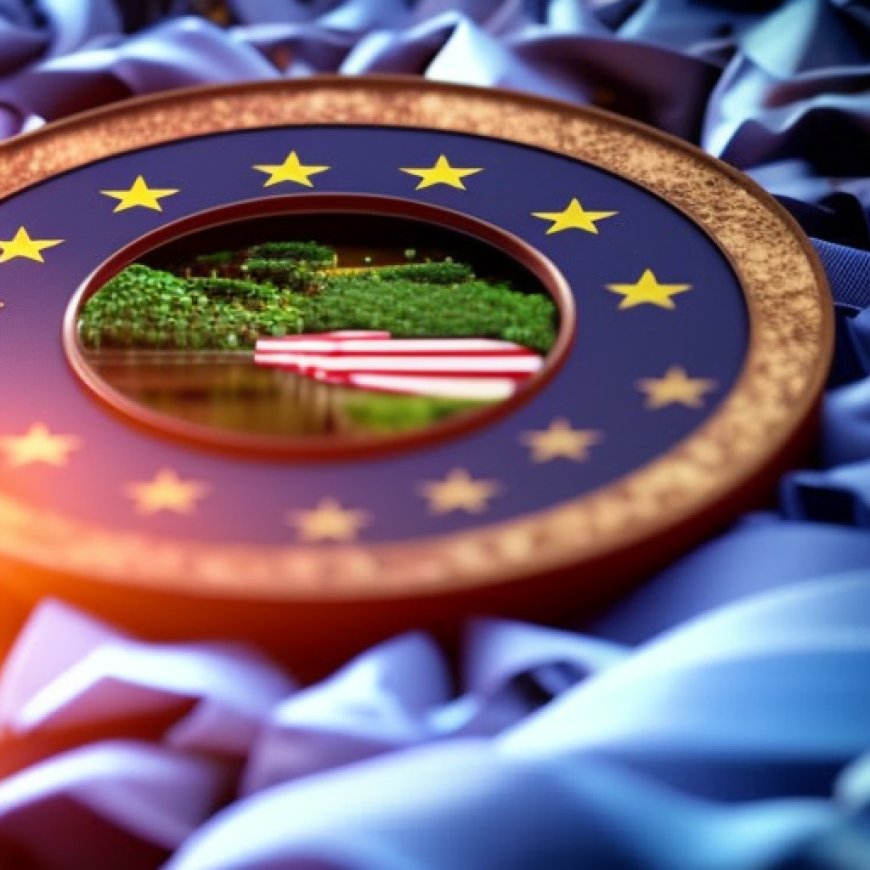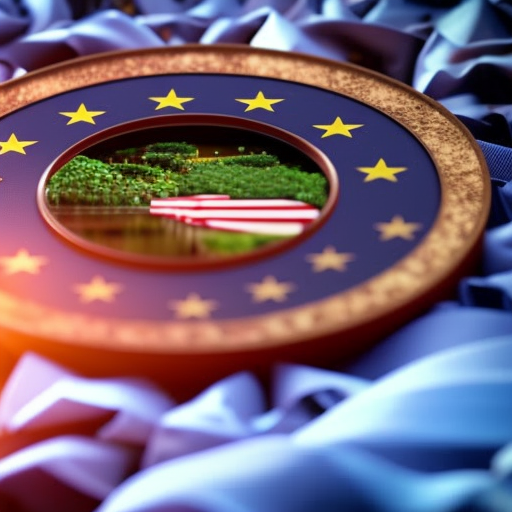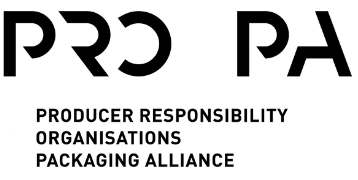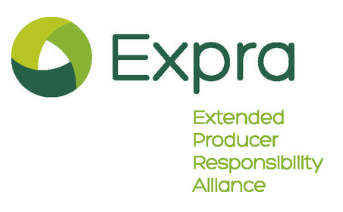Circular Economy: Where does the EU stand?
Circular Economy: Where does the EU stand? The Parliament Magazine


The Transition Towards Circular Economy in Europe
The transition of the European economy towards more circularity has become increasingly prominent with the Green Deal. What does the new European Mandate hold for the future of the Green Deal, and that of environmental policy?
The Packaging and Packing Waste Regulation (PPWR)
The transition of the European economy towards greater circularity has become increasingly prominent in recent years with the Green Deal. Since 2019, the EU Commission has submitted various legislative proposals aimed at transforming the single market to reduce the environmental impact of economic activities in various sectors, including the packaging sector.
The Packaging and Packing Waste Regulation (PPWR) is one of the most impactful files for the sector and the finalised text leaves some opened questions for policymakers. What does the new European Mandate hold for the future of the Green Deal, and that of environmental policy?
Panel I: “A closer look at the implementation of PPWR”
-
Is PPWR ensuring enough harmonisation within the bloc?
-
What are the main implementation challenges stakeholders face and how can the EU address these?
-
How can the delegated and implemented acts help stakeholders to achieve PPWR targets, focusing on reuse and recycling?
Panel II: “Outlook for the next European Mandate”
-
What further policies should the next European Parliament set forward to enhance circularity in the EU economy?
-
What tools do stakeholders need to advance the circular economy?
-
How can the circular economy play a bigger role in other European policies, such as industrial and trade policy?
In partnership with:
SDGs, Targets, and Indicators
1. Which SDGs are addressed or connected to the issues highlighted in the article?
- SDG 12: Responsible Consumption and Production
- SDG 13: Climate Action
- SDG 15: Life on Land
2. What specific targets under those SDGs can be identified based on the article’s content?
- SDG 12.2: By 2030, achieve the sustainable management and efficient use of natural resources.
- SDG 12.5: By 2030, substantially reduce waste generation through prevention, reduction, recycling, and reuse.
- SDG 13.3: Improve education, awareness-raising, and human and institutional capacity on climate change mitigation, adaptation, impact reduction, and early warning.
- SDG 15.2: By 2020, promote the implementation of sustainable management of all types of forests, halt deforestation, restore degraded forests, and substantially increase afforestation and reforestation globally.
3. Are there any indicators mentioned or implied in the article that can be used to measure progress towards the identified targets?
Yes, the article mentions indicators that can be used to measure progress towards the identified targets. These include:
- Harmonization within the bloc (indicator for SDG 12.2)
- Main implementation challenges faced by stakeholders (indicator for SDG 12.5)
- Delegated and implemented acts to achieve targets on reuse and recycling (indicator for SDG 12.5)
- Policies set forward to enhance circularity in the EU economy (indicator for SDG 12.2)
- Tools needed by stakeholders to advance the circular economy (indicator for SDG 12.2)
- Role of circular economy in other European policies, such as industrial and trade policy (indicator for SDG 12.2)
Table: SDGs, Targets, and Indicators
| SDGs | Targets | Indicators |
|---|---|---|
| SDG 12: Responsible Consumption and Production | Target 12.2: By 2030, achieve the sustainable management and efficient use of natural resources. | Harmonization within the bloc |
| SDG 12: Responsible Consumption and Production | Target 12.5: By 2030, substantially reduce waste generation through prevention, reduction, recycling, and reuse. | Main implementation challenges faced by stakeholders |
| Target 12.5: By 2030, substantially reduce waste generation through prevention, reduction, recycling, and reuse. | Delegated and implemented acts to achieve targets on reuse and recycling | |
| SDG 13: Climate Action | Target 13.3: Improve education, awareness-raising, and human and institutional capacity on climate change mitigation, adaptation, impact reduction, and early warning. | Not mentioned in the article |
| SDG 15: Life on Land | Target 15.2: By 2020, promote the implementation of sustainable management of all types of forests, halt deforestation, restore degraded forests, and substantially increase afforestation and reforestation globally. | Role of circular economy in other European policies, such as industrial and trade policy |
Behold! This splendid article springs forth from the wellspring of knowledge, shaped by a wondrous proprietary AI technology that delved into a vast ocean of data, illuminating the path towards the Sustainable Development Goals. Remember that all rights are reserved by SDG Investors LLC, empowering us to champion progress together.
Source: theparliamentmagazine.eu

Join us, as fellow seekers of change, on a transformative journey at https://sdgtalks.ai/welcome, where you can become a member and actively contribute to shaping a brighter future.









